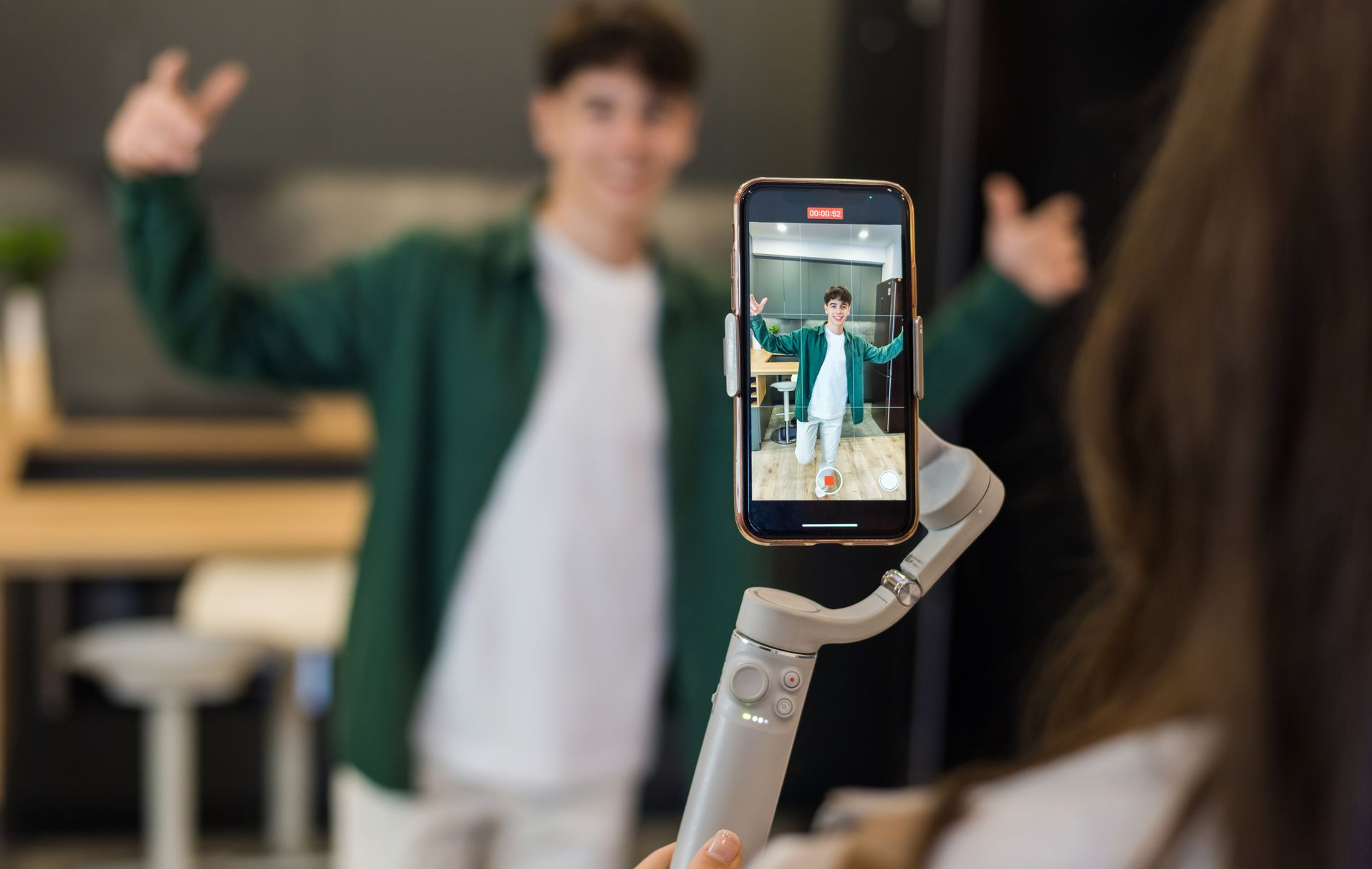How Can Image Extensions Improve Your Google Ads Campaigns?
It’s said that a picture is worth a thousand words. Unfortunately, when it comes to pay-per-click ad design and strategy, character limits typically max out between 30 and 90. Fortunately, you can now add images to your text ads which can pick up the slack to really get your message across.
Not only will these image extensions communicate the things that you’re not able to say, they will also make your ad stand out. From interesting images that draw the eye to your ad on desktop and mobile devices, to taking up more valuable SERP real estate, image extensions are a great way to augment your pay-per-click efforts.
How Do Google Ad Image Extensions Work?
Similar to your headlines, descriptions, and other ad extensions, Google image extensions aren’t tied to any specific ad. Google will rotate the images that will populate with your ad. In some cases, they may not appear every time the ad does. This is because Google decides what extension appears based on expected CTR and what’s most likely to make a user click.
What are the Requirements for Uploading Google Ad Image Extensions?
First and foremost, your Google Ads account must be open for at least 90 days in order to use image extensions. Beyond that, there are also format and content requirements that must be met in order to have your extensions served along with your ads. The maximum amount of images for a campaign or ad group is 20.
To add image extensions, you can either upload images from your computer or scan your website or social media profiles through Google’s platform, where it will select images for you to use.
Images must be a JPG, PNG, or static GIF. The maximum size for landscape images is 600x314, however, the recommended size is 1200x628. Square images must be at least 300x300, with the ideal size of 1200x1200. 5120 KB is the maximum file size that Google will allow.
Other restrictions as it pertains to the content of an image extension include:
• Too much blank space
• Nudity or sexual content
• Text
• Logos
• Graphic overlays
• Collages
• Blurry images
• Low resolution
• GIFs that move
What are the Benefits of Google Ad Image Extensions?
Because images naturally draw people’s attention, they are a very powerful marketing asset. Image extensions serve as a great way to enhance your text ads on Google. They can make your text ads more visually appealing and engaging, and in turn, drive performance. In fact, image extensions actually generate a higher click-through rate (CTR) compared to other ad extensions.
Google image ads are another way that Google is making their results more helpful for their searchers. As with any pay-per-click campaign having a knowledgeable, experienced expert strategize and monitor your paid efforts is a great way to maximize your dollars. For over a decade, BlinkJar Media has been helping small to medium-sized businesses with their marketing efforts.









